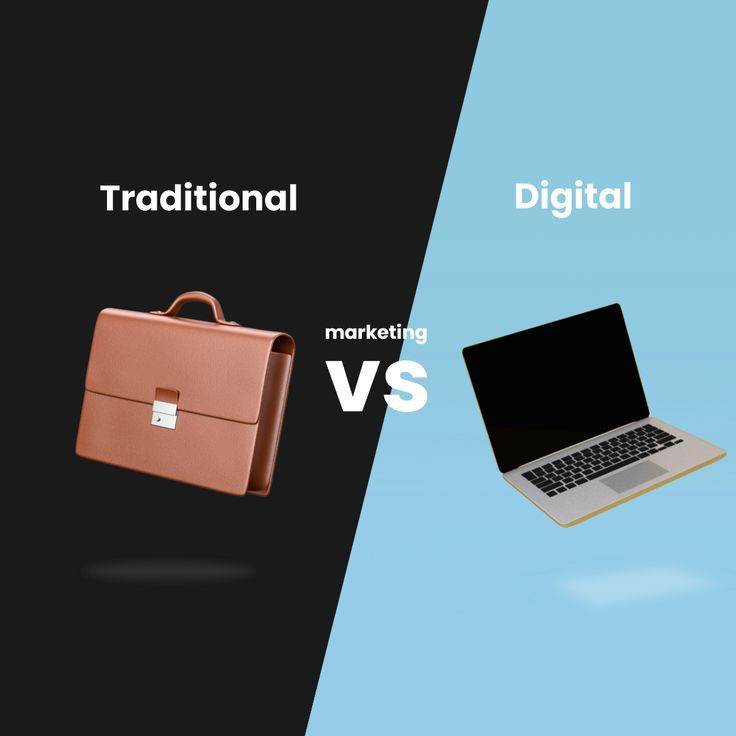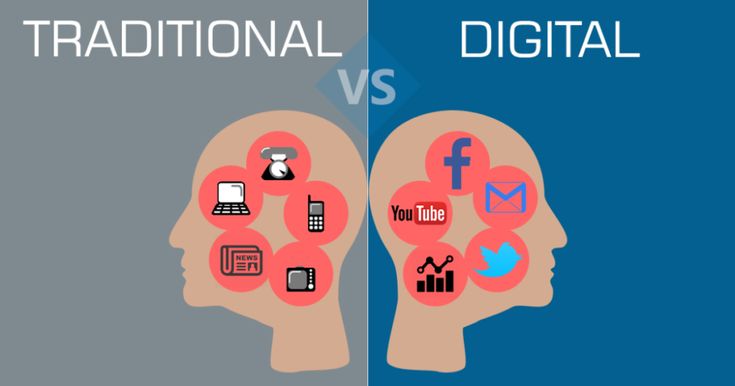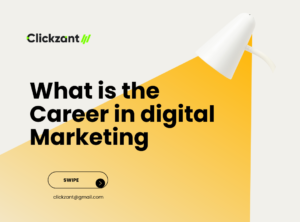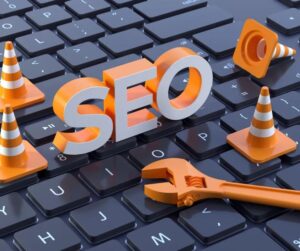In today’s dynamic world of marketing, Companies are constantly faced with the dilemma of selecting between digital marketing and traditional marketing. As we approach 2025, the debate intensifies: what approach will be king? In this blog, we’ll explore the strengths, weaknesses, and future prospects of both digital and traditional marketing to help you decide which approach (or combination) is best for your business.
What is Digital Marketing?
Digital marketing refers to any marketing activity that use the internet or electronic devices. It practice such as search engine optimization (SEO), social media marketing, email marketing, content marketing, pay-per-click (PPC) advertising, and other. With the rise of smartphones, social media platforms, and e-commerce, digital marketing has become a cornerstone of modern business strategies.
What is Traditional Marketing?
Offline Traditional marketing includes television and radio ads, print media (newspapers, magazines, brochures), direct mail, billboards, and in-person events. While some consider it “old-school,” traditional marketing is still valuable, especially for local firms and older demographics.
Digital Marketing vs. Traditional Marketing: Main Differences

1.Reach and Targeting
Digital Marketing: Enables accurate targeting by demographics, interests, behavior, and location. For instance, Facebook Ads or Google Ads can target age groups or individuals looking for specific products.
Traditional Marketing: Provides wider coverage but is not accurate. A billboard or television commercial reaches everyone within the region, whether they have an interest in your product or not.
2.Cost-Effectiveness
Digital Marketing: Generally more affordable, especially for small businesses. Platforms like Instagram or Google Ads let you set flexible budgets.
Traditional Marketing: Often requires a larger budget. Producing a TV commercial or printing thousands of flyers can be expensive.
3.Measurability
Digital Marketing: Provides instant analytics. You can monitor clicks, conversions, engagement, and ROI through tools such as Google Analytics.
Traditional Marketing: Harder to measure. For example, it’s difficult to know how many people saw your billboard or acted on it.
4.Engagement and Interaction
Digital Marketing: Enables two-way communication. Brands can interact with customers through comments, messages, and live chats.
Traditional Marketing: Typically one-way communication. Customers can’t directly engage with a TV ad or billboard.
Why Digital Marketing is Dominating in 2025
1. The Rise of Technology
By 2025, technology will be even more embedded in our lives. With the development of artificial intelligence (AI), machine learning, and data analytics, digital marketing will be more efficient and personalized. For instance, AI-driven chatbots and predictive analytics will enable companies to offer hyper-targeted campaigns.
2. Growing Internet and Smartphone Use
As per Statista, internet users around the world will be 5.3 billion by 2025. With increasing numbers of people online, digital marketing will keep on expanding. Mobile marketing, in turn, will rule as smartphone usage grows.
3. Social Media’s Influence
Social media sites such as Instagram, TikTok, and LinkedIn are becoming a necessity for brand development and customer interaction. Social commerce (purchasing directly through social media) will be a key trend by 2025, rendering digital marketing a necessity.
4.Cost-Effectiveness for Small Businesses
Digital marketing puts small businesses on the same platform as big brands. With a low budget, you can execute targeted advertisements, produce interesting content, and match big brands.
5. Sustainability Concerns
As people become greener, old-fashioned ways of advertising such as print ads and direct mail will lose their appeal because of their ecological cost. Digital marketing, being paperless, is more in line with sustainability principles.
Where Traditional Marketing Still Holds Value
Digital marketing may be growing, but traditional marketing is not an extinction. Here are the reasons why it remains relevant in 2025:
1. Local Reach
For local businesses, traditional means such as flyers, billboards, and local radio commercials can effectively reach nearby consumers.
2.Trust and Credibility
Certain consumers, particularly older generations, have more faith in traditional media compared to online advertisements. A carefully placed TV or print ad can add to your brand’s credibility.
3. Tangible Impact
Physical marketing collaterals such as brochures or business cards make a lasting impression. They’re particularly effective at events or trade shows.
4. Less Competition
With digital marketing being the center of attention for most companies, traditional methods might provide less competition but greater exposure.
The Hybrid Strategy: Best of Both Worlds
Instead of choosing between digital and traditional marketing, many businesses are adopting a hybrid approach. For example:
- A company might use TV ads to build brand awareness and social media campaigns to drive engagement.
- A local restaurant could distribute flyers in the neighborhood while running targeted Facebook Ads.
By combining both strategies, businesses can maximize their reach and effectiveness.
Key Trends to Watch in 2025
1. AI and Automation
AI will transform digital marketing through personalized customer experiences and automation of mundane tasks.
2. Video Marketing
Video material, particularly short-form video content on TikTok and Instagram Reels, will be the trend.
3. Voice Search Optimization
With increased voice assistant use such as Alexa and Siri, voice search optimization will be key.
4. Interactive Content
Quizzes, polls, and augmented reality (AR) experiences will make customers interact in fresh ways.
5.Sustainability in Marketing
Companies that focus on green practices will connect with customers more.
Which One Wins in 2025 ?
While traditional marketing still has its place, digital marketing is clearly the winner in 2025. Its ability to target specific audiences, provide measurable results, and adapt to technological advancements makes it the go-to strategy for most businesses. However, the best approach depends on your target audience, industry, and goals. A well-rounded marketing strategy that combines the strengths of both digital and traditional methods will likely yield the best results.
Final Thoughts
As we approach 2025, the marketing industry will only continue to innovate. Companies that adopt digital marketing while utilizing the best of traditional approaches will remain at the forefront. You don’t have to be a business owner or a marketing expert to succeed; just remain informed about new trends and technologies.
So, which strategy will you choose? Let us know in the comments below!
Also follow -Instagram, Facebook




